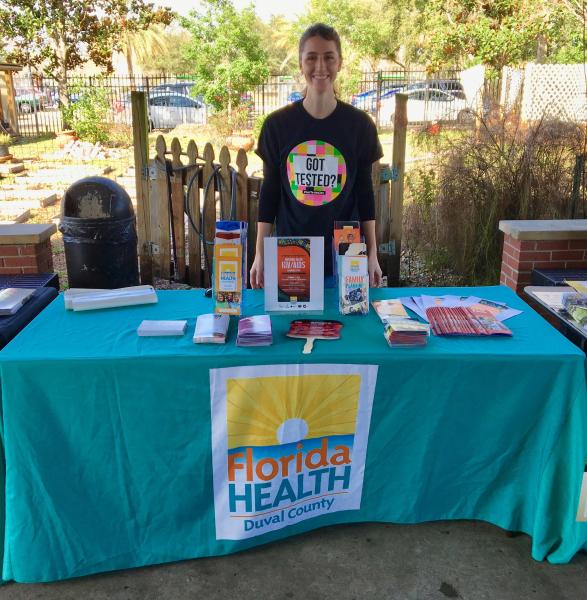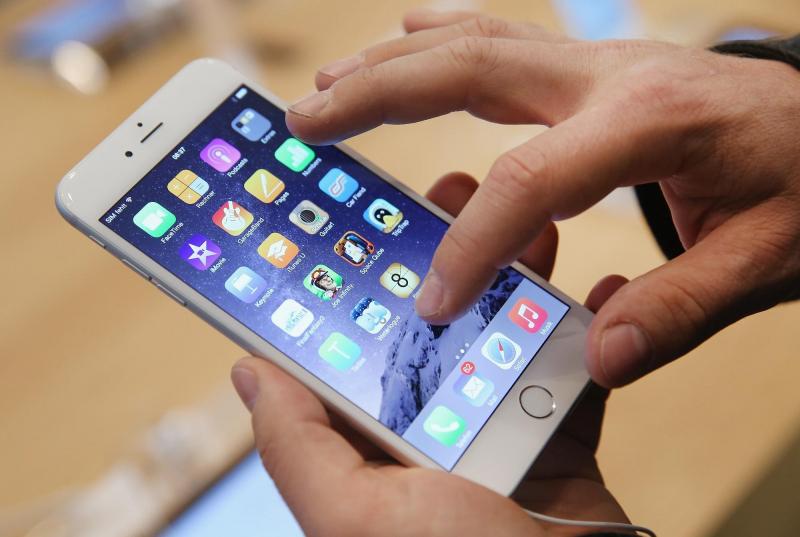Navigating Near-Peer Education
 As a Health Educator at the Florida Department of Health, one part of my responsibilities is to teach a healthy relationship curriculum to Duval teenagers. With any health-related messaging, delivery is paramount; making sure that your audience doesn’t discredit or tune out your information is critical. As such, public health organizations often turn to near-peer educators, who are better equipped to bridge gaps in understanding and can deliver information effectively. As a recent college graduate, I fall, for the most part, into the near-peer educator category, as my students are often within five to ten years of my own age.
As a Health Educator at the Florida Department of Health, one part of my responsibilities is to teach a healthy relationship curriculum to Duval teenagers. With any health-related messaging, delivery is paramount; making sure that your audience doesn’t discredit or tune out your information is critical. As such, public health organizations often turn to near-peer educators, who are better equipped to bridge gaps in understanding and can deliver information effectively. As a recent college graduate, I fall, for the most part, into the near-peer educator category, as my students are often within five to ten years of my own age.
Coming into my National Health Corps Florida service term, I was excited about the peer-to-peer aspect of my position. Throughout my workshops, I usually feel close to my students, able to connect with them as a peer, despite our small age difference. This does not extend, however, to fielding questions and guiding my students on topics related to social media and technology. Although it has been less than six years since I graduated high school, the landscape that teenagers now navigate, with the ubiquitous usage of smartphones and social media, is not something that I ever had to deal with.
As a high school student, my friends and I had access to the internet, and were constantly connected through text messaging and AIM Messenger. Today, however, my students wouldn’t even recognize the applications and devices that were so pivotal during my high school years: flip phones, BlackBerrys, and instant messenger. I can’t connect with them over my high school experience, over “away messages” or pink Razor phones, and while social media and smartphones are ubiquitous among millennials of all ages, I have no concept of how they converge with day-to-day life in high school. When it comes to technology, we are moving and advancing too fast for the near-peer education model to function effectively.
 If I, so close in age to my students, have trouble navigating my workshop being live-streamed on Instagram, or fielding questions about the ethics of location-tracking applications, I can only imagine that it becomes harder as the age gap gets larger. This means that students, when faced with clueless teachers, guardians, or parents, are turning to their classmates for guidance and validation. Teens are determining their own individual guidelines for the usage of applications like Tinder, Instagram, and Snapchat, learning through trial and error how they intertwine with gargantuan, complicated topics like safe and healthy interpersonal relationships, body image, and the dissemination of information.
If I, so close in age to my students, have trouble navigating my workshop being live-streamed on Instagram, or fielding questions about the ethics of location-tracking applications, I can only imagine that it becomes harder as the age gap gets larger. This means that students, when faced with clueless teachers, guardians, or parents, are turning to their classmates for guidance and validation. Teens are determining their own individual guidelines for the usage of applications like Tinder, Instagram, and Snapchat, learning through trial and error how they intertwine with gargantuan, complicated topics like safe and healthy interpersonal relationships, body image, and the dissemination of information.
The struggles that I have faced as a near-peer educator have been an enormous learning opportunity for me, particularly as I begin my career as a public health professional. In the public health field, we are constantly reminded that, even when something looks perfect on paper, it is not guaranteed success. For example, near-peer education looks like a sure-fire way to deliver health information, but in reality it is full of unique successes and challenges. Although it may be a tough pill to swallow, learning to react with sensitivity and flexibility to unforeseen obstacles creates stronger, more effective public health campaigns. My experiences this year will ultimately make me a better public health professional, able to both serve and improve my community.
This blog post was written by NHC FL AmeriCorps member, Chase McCain.
Chase serves at the FDOH-Duval County as a Health Educator.